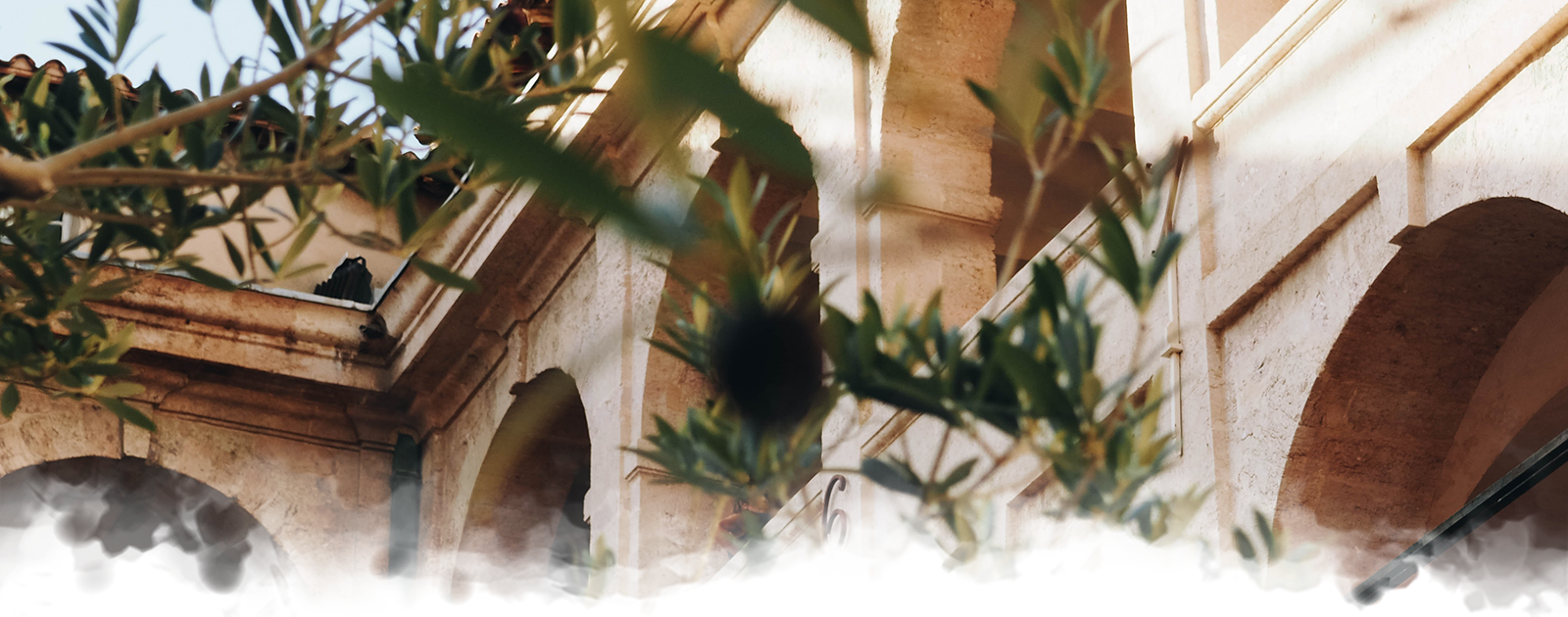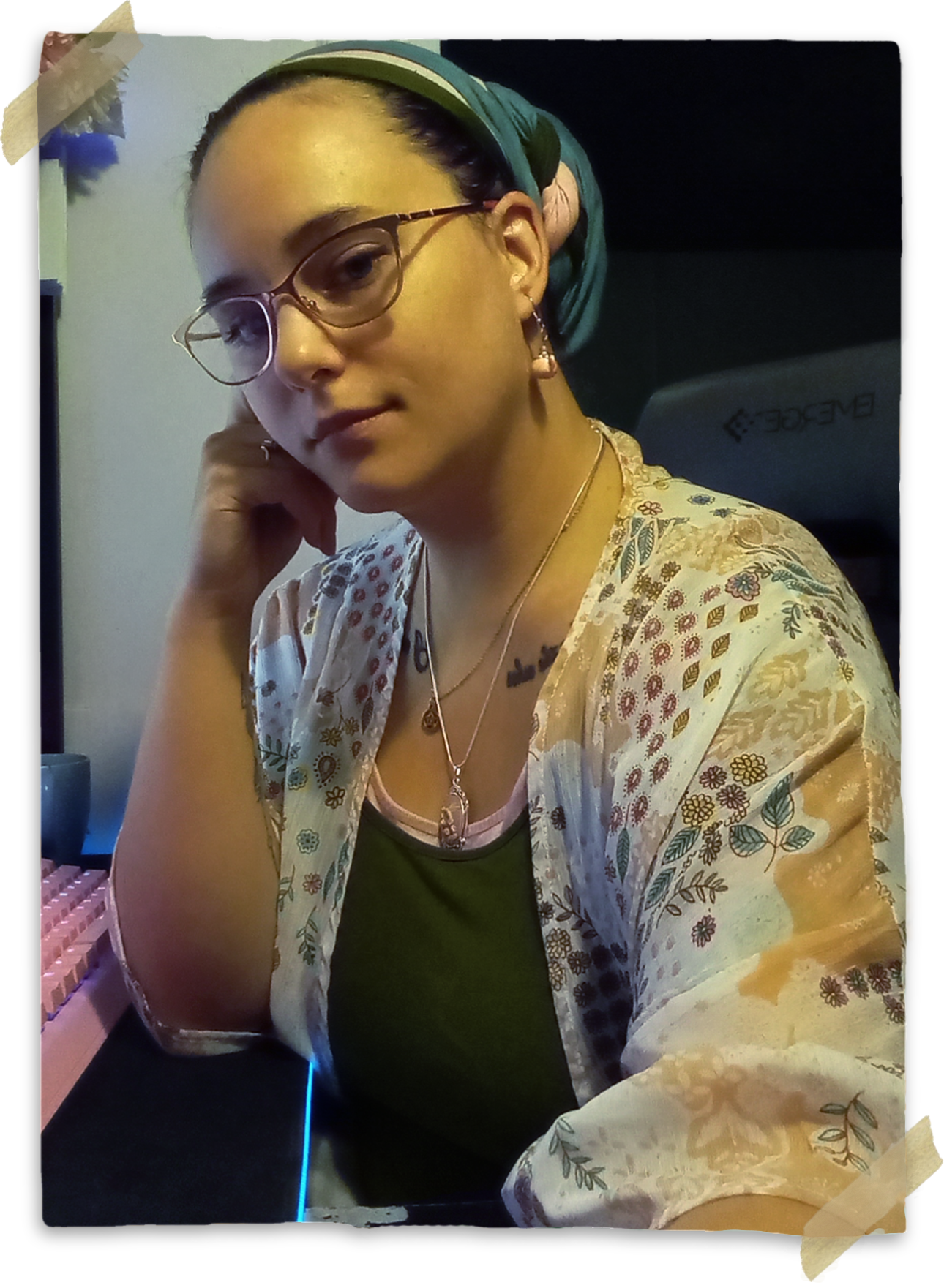Kuai’ain Palace
The Winter Palace of the Sa'Avian Royal Family
Original Purpose & Function
Based on examination and dating, Archaeologists estimate that the Kuai’ain Palace was potentially built between the years 1403 and 1410, during the age of the Second Dragon Wars. It's believed, from the cache of artifacts left behind at the Palace and what little surviving records have been found, that the Sa'Avian Royal Family maintained a primary residence now known as Mai-Ben'hat Palace, located somewhere within the Nisaba Pass, and that that the Kuai'ain Palace was originally built as a secondary winter home for them; each year before the pass closed with ice and snow, they would migrate to the tropical climates the southern peninsula offered- returning during the warmer months after the pass had thawed again. At some point around the year 3000, however, well after the end of the Second Dragon War and the extinction of the Dragons and other Ancient Races, records indicate that the Northern Mai-Ben'hat Palace was lost during what Archivists surmise from the records was a sort of a Wedding Celebration. It was at this point that the Kuai'ain Palace became the permanent residence of the Sa'Avian Royal Family ... At least for a short time, anyways, as it too was lost to a similar event only 8 years later. This is the last recorded evidence of the Sa'Avi on the continent at all, making them the last of the Ancient Races to disappear from the Material Realm.
Type
Palace Complex; Large Built
Between 1403 and 1410 Ruined
Some time around 3319 Size
Approximately 61 hectares across 4 terraces Remaining Buildings
980 surviving; more than 200 ruined Approximate Population
10,000 in average use
20,000 at height of use
Palace Complex; Large Built
Between 1403 and 1410 Ruined
Some time around 3319 Size
Approximately 61 hectares across 4 terraces Remaining Buildings
980 surviving; more than 200 ruined Approximate Population
10,000 in average use
20,000 at height of use






















Comments
Author's Notes